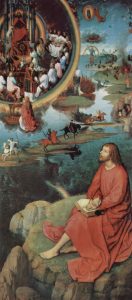
If you’re ever curious why Christian art depicts people in heaven carrying around harps, today’s first reading provides the origin. In his apocalyptic vision, St. John describes those who are victorious in the struggle as holding God’s harps. Earlier he describes them as holding “palm branches,” and then someone tells him they are those “who have survived the time of great distress; they have washed their robes and made them white in the blood of the Lamb. Art can help us see the symbols in context, but it doesn’t always help to explain them. Sometimes, if we know what the symbols mean, art can help guide us into a fruitful meditation.

